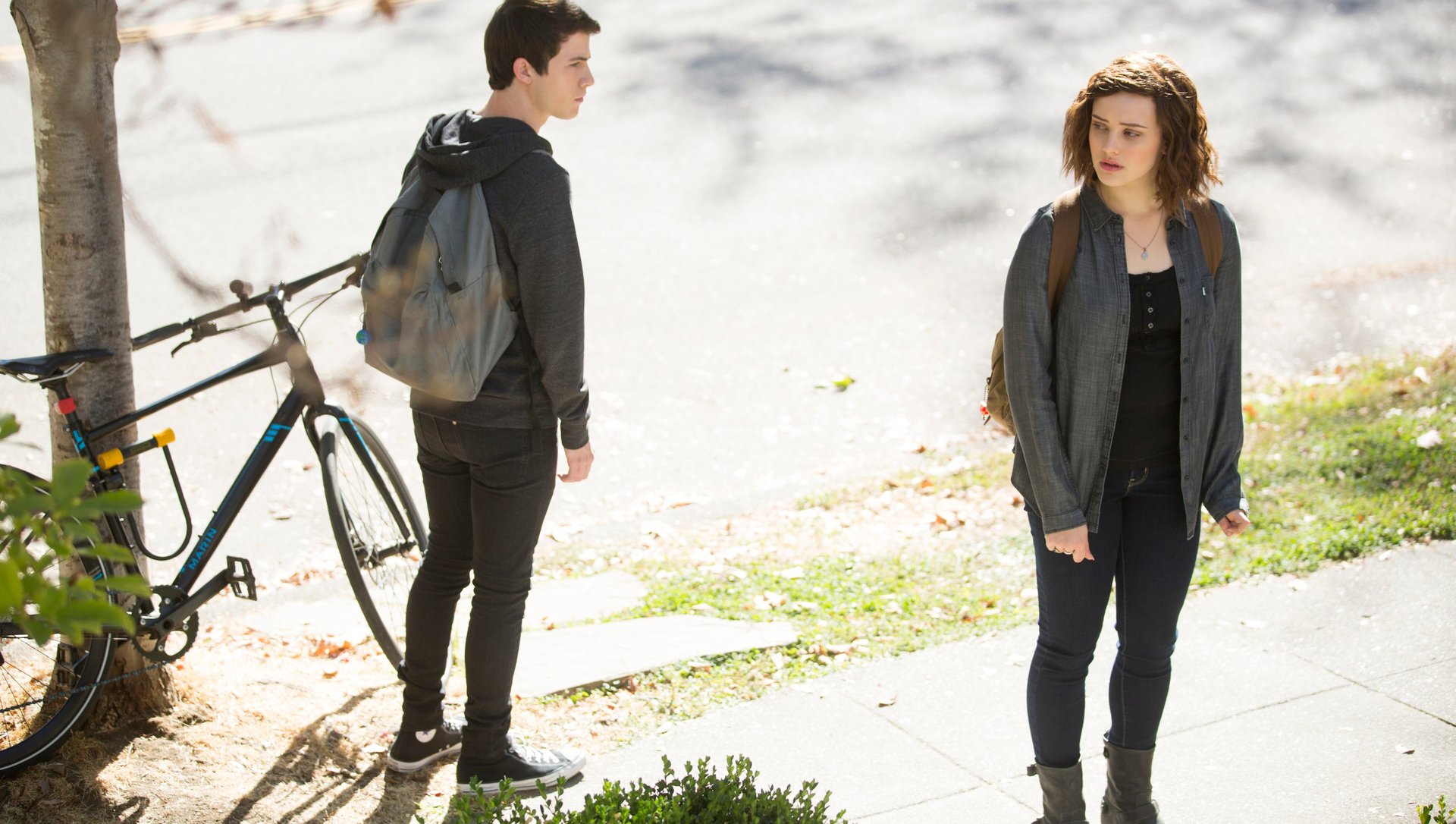What should really scare parents about Netflix’s “13 Reasons Why” isn’t the teenage suicide
Hannah Baker has killed herself.


Hannah Baker has killed herself.
So begins Netflix’s 13 Reasons Why, a searing, melancholic 13-episode television series based off Jay Asher’s young adult novel of the same name, and produced in part by singer and actress Selena Gomez. The premise: Before committing suicide, a teenage girl records a number of cassette tapes calling out the role that other students at her high school had in driving her to the brink. After her death, her classmates are forced, one by one, to listen to them. Netflix doesn’t release ratings, but since its premiere a month ago, 13 Reasons Why has become the most-tweeted-about show of the year.
That’s in no small part because it’s the most controversial. While some viewers are utterly aghast at the show’s graphic and occasionally cavalier treatment of suicide, others praise its sharp exposé of teenage pain and declare it a “must-see” for young people. Variety’s Maureen Ryan admired the show for subverting the exploitative trope of the tragic dead girl, while feminist writer Ijeoma Olou wrote that the show “Scared the Shit Out Of Me, And It Should Scare You Too”—arguing that her 15-year-old son is essentially watching a “how-to” guide glorifying suicide as a successful method of revenge.
This fear, that the show exalts suicide and may inspire real-life self-harm, has taken hold everywhere in the world that the show is streaming. In the US, a Minnesota school district emailed parents this week warning that the show offers a problematic depiction of high school life, and an Indiana district advised parents not to let “vulnerable” children watch it. Similar notices have been sent by schools in other states and in the UK. New Zealand created a whole new rating for the show, requiring that anyone under 18 watch it only with a parent or guardian present.
It’s a lot of commotion over a streaming-only show that appears, on the surface, an over-the-top teen drama filled with predictable character tropes. But the show has struck a chord with young adults, who seem to be at once paying homage to the series and making light of it—with some even working Hannah’s suicide into prom proposals and makeup trends.
However problematic you believe it to be, 13 Reasons Why is still the first television series to address the prickly topic of teen suicide head-on. And the unprecedented alarm among parents—warranted or not—reveals a painful, undeniable truth: Many parents know next to nothing about what goes on with their kids at school.
Suicide rates in the US, particularly for teen girls, are climbing. Half of parents say they worry their child is being bullied or struggling with anxiety or depression—a concern that is especially pronounced amongst racial minorities. At the same time, a study from the Pew Research Center a year ago found that only about half (53%) of parents with school-aged children say they’re satisfied with their level of engagement in the kids’ school lives. And 46% say they wish they could do more.
Is there more to be done? Of course. Studies show that increasing communication between parents and teachers can dramatically boost both students’ academic performance and overall achievement. Similarly, spending time at a child’s school—whether volunteering, helping with assignments, or meeting with instructors—is one of the most common recommendations that psychologists and educators give to parents who seek more connection with their children. The lure of technology has cut down on face-to-face time in modern families, so parents need to make a point of carving out time for genuine, real-world conversation every day.
In part, Netflix’s show likely resonates with teens because they recognize its depiction of this truth: Its mothers and fathers are not paragons of parenting whatsoever, flitting in and out of scenes with little purpose in the high schoolers’ lives. Hannah’s mother—concerned, compassionate, and determined as she is throughout the series to get to the root of her daughter’s suicide—is ultimately absent in all the ways it matters. Her father, a blanket cliché of the quiet, distracted dad, is doubly clueless. As the couple begins to wage a lawsuit against Hannah’s school, it turns out neither is able to even identify her friends, let alone her enemies or tormenters.
Tear away all the sensational teen angst and frivolous girls’-bathroom drama of the show, and you arrive at its real horror: a deep, yawning chasm between children and adults, never directly addressed, never even recognized until far too distant in the rearview mirror. That, in the end, is what’s most responsible for Hannah Baker’s death. If parents are alarmed by the show, it’s because they ought to be.